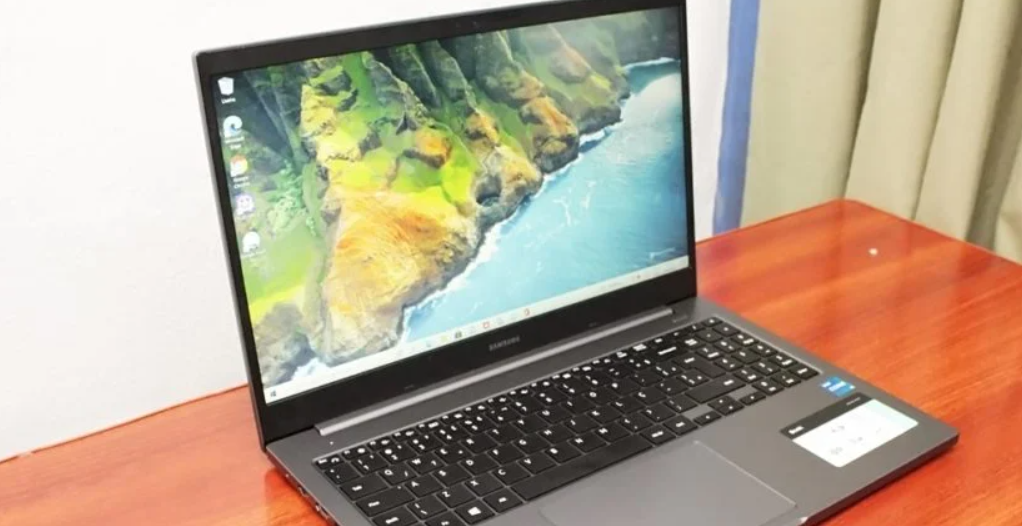Intermediate notebooks are less limited than input models and at the same time do not cost as much as advanced laptops. That’s why most manufacturers throw numerous options within this category. This is the case of the Samsung Book line, which now has 11th generation Intel Core chips.
This is the review of the Samsung Book NP550XDA-KF2BR, a notebook that comes with Core i5-1135G7 processor, 8 GB of RAM, 256 GB SSD and 15.6-inch LCD screen with full HD resolution.
[Review] Lenovo ThinkPad E14 notebook: a modern classic
[Review] Samsung Galaxy Book S notebook: very thin and with hybrid chip
Does this screen do? Does the Core i5 chip that equips the model perform well? How does the battery behave? Does the equipment have any interesting additional resources? Find the answers in the next few lines.
Samsung Book video review
Ethics Notice
Tecnoblog is an independent journalistic vehicle that has helped people make their next purchasing decision since 2005. Our analyses are not intended to be advertising, so they highlight the positive and negative points of each product. No company has paid, reviewed or had early access to this content.
The Samsung Book line has one feature that I greatly appreciate: sober design. Here, Samsung prioritizes straight strokes and a compact structure that, although it does not make this an ultra-thin laptop, allows the model not to take up much space in a backpack, for example — closed, the equipment has a thickness of 1.8 cm.
It’s true that this pile of gray plastic that looks like metal conveys a sense of fragility to the touch, at least in the initial contact—only the cover behind the screen is, in fact, metallic. On the other hand, the plastic finish contributes to the Samsung Book not being too heavy: it is 1.8 kg.
It would be a waste for a large notebook like this not to have a reasonable variety of connections. Fortunately, he does. On the right side, we find a conventional USB port (type A), plus a microSD reader and the Kensington slot for security lock.
The left side houses an Ethernet connection, an HDMI port, a conventional USB 3.1 port, a USB-C port and the headphone/microphone connection.
Wi-Fi 802.11ac and Bluetooth 5.1 complement the aspect of connectivity. Note that in this ite, the Samsung Book has a sufficient variety of ports to please most users.
Maybe you missed a vent. There are two: one at the bottom of the equipment, one on the hinge area of the screen. Let it be said that the notebook doesn’t get too hot, even when it runs heavy software, and it’s quiet.
The Brazilian market is full of notebooks with TN LCD screen. Yes, that’s the case here. Panels of the type are cheaper, on the other hand, are not good with varied angles of view.
If you’re watching a full-screen movie, for example, you’ll probably have to adjust the component aperture to avoid a position that distorts colors. At least you can mitigate this problem a bit by activating the HDR+ option in the Samsung Settings app.
Despite these limitations, the screen has some positives. It starts with the resolution, which is full HD (1920×1080 pixels), a relief if we take into account that this notebook has a 15.6-inch display — in Brazil, many models in this category have hd-only panel.
I’m also pleased that the screen has decent color saturation and a brightness level that comes close to that of the many IPS panels available out there.
Overall, this is a good screen. Good, not great. On the other hand, the speakers are not impressed at all. There are two, both positioned at the bottom of the notebook. The maximum volume is not the highest and often the audio sounds muffled. Use headphones to be happy here.
Another basic item is the webcam. The component has VGA resolution and can only break a branch in meetings via Zoom, for example. Don’t expect images rich in detail in the broadcasts.

